Something different: a peg rack in red oak, carved with gouges.
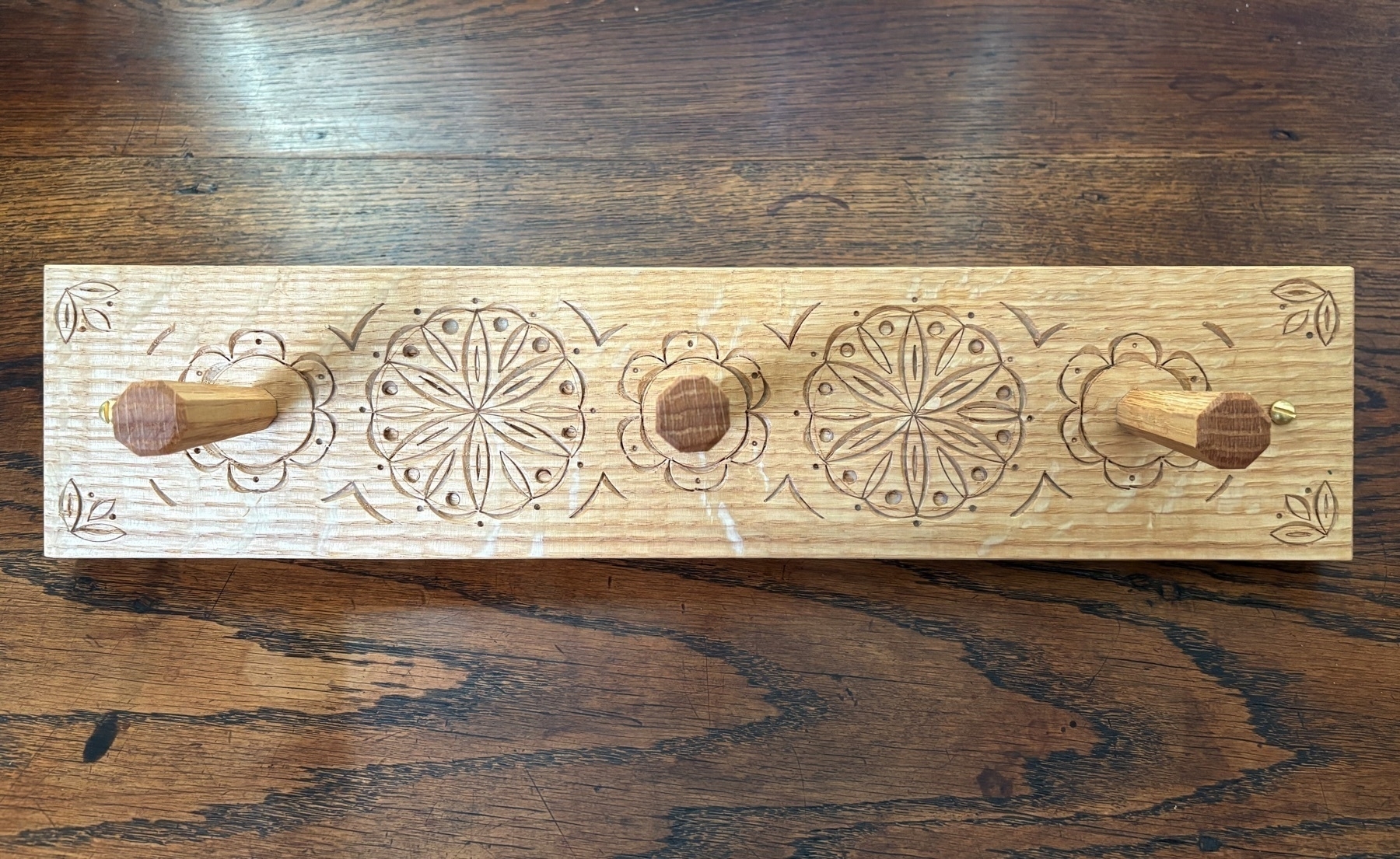
Something different: a peg rack in red oak, carved with gouges.

Reading about continuing failed attempts to curb New York City’s rat infestation, I had a brilliant idea. Bait traps with a drug that uses messenger RNA (or, you know—something like that) to make the rats grow bushy tails. Bam! Instant squirrels! Squirrels are cute! Problem solved. You’re welcome.
At last, making the frame for the polyptych. Complicated, precise work. There is still one piece more not cut yet. Either it all goes together tight or it doesn’t. Just me and some cold hard physical reality here.
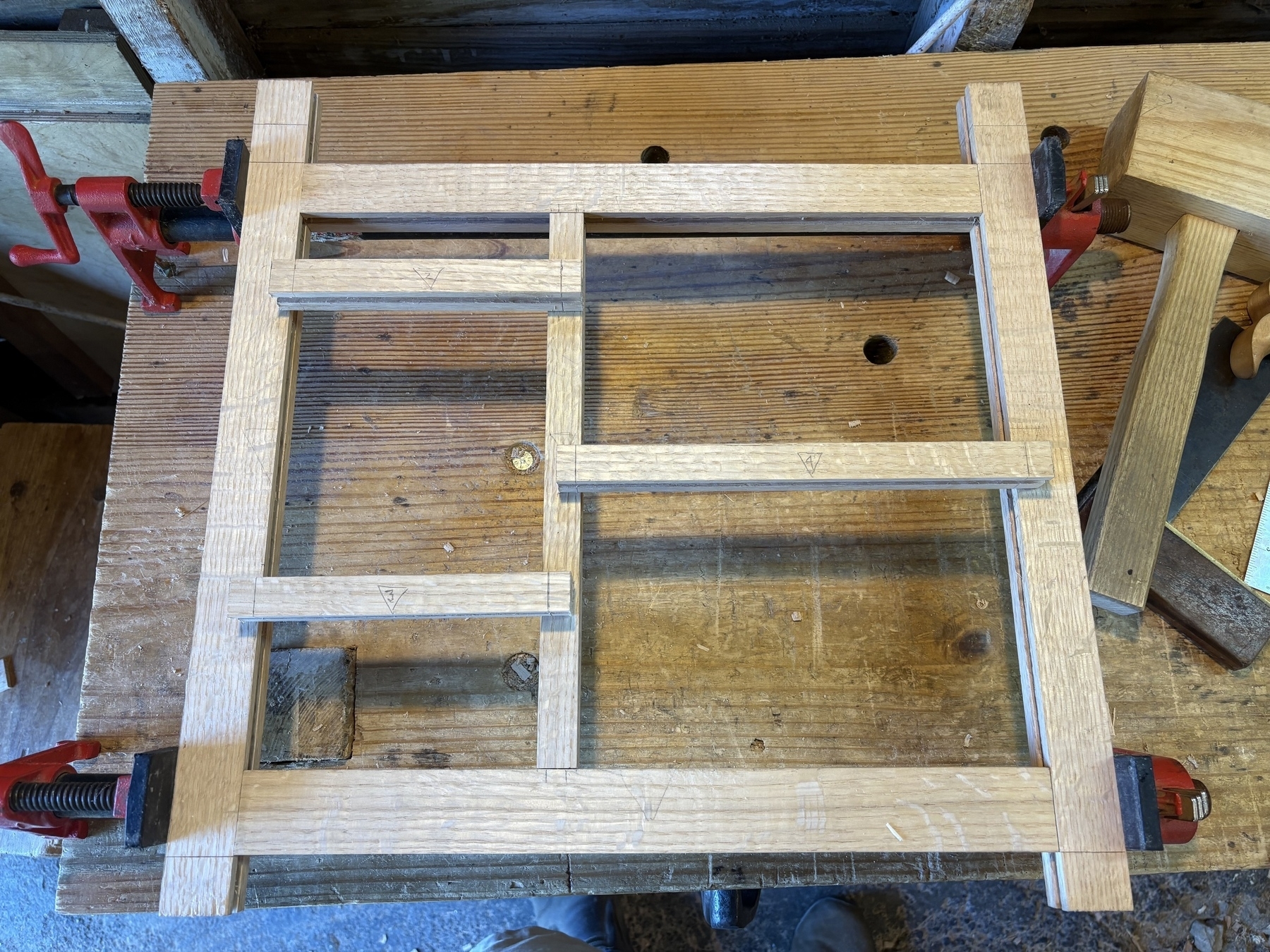

There are no “side effects.” There are only effects you like and effects you don’t like. To say otherwise is merely marketing.
Just a reminder that my spoons are still 100% American made… with Japanese saw blades, Swiss gouges, an English drawknife, a Swedish knife, and Canadian spokeshaves.
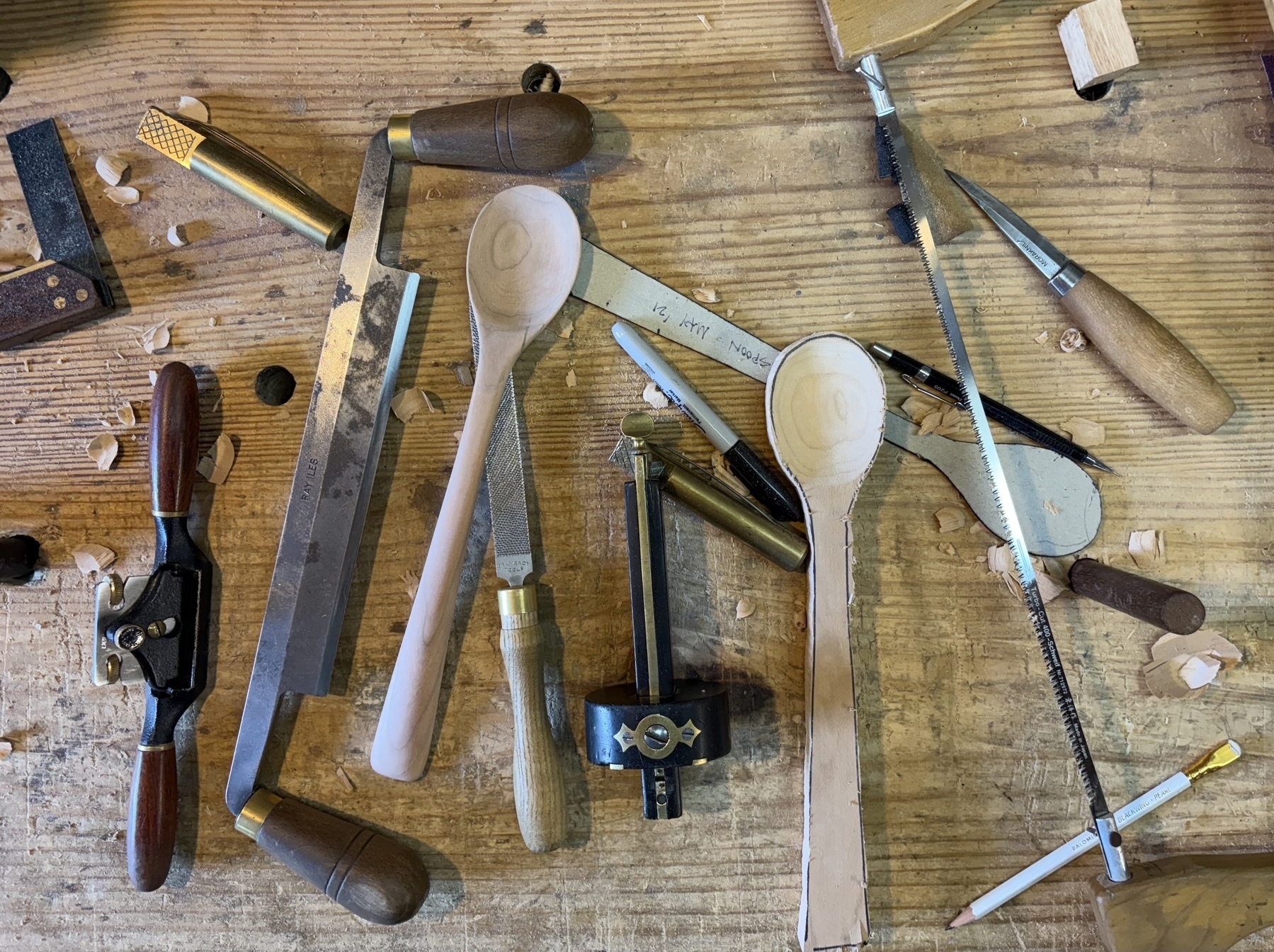
Falls Lake this morning.
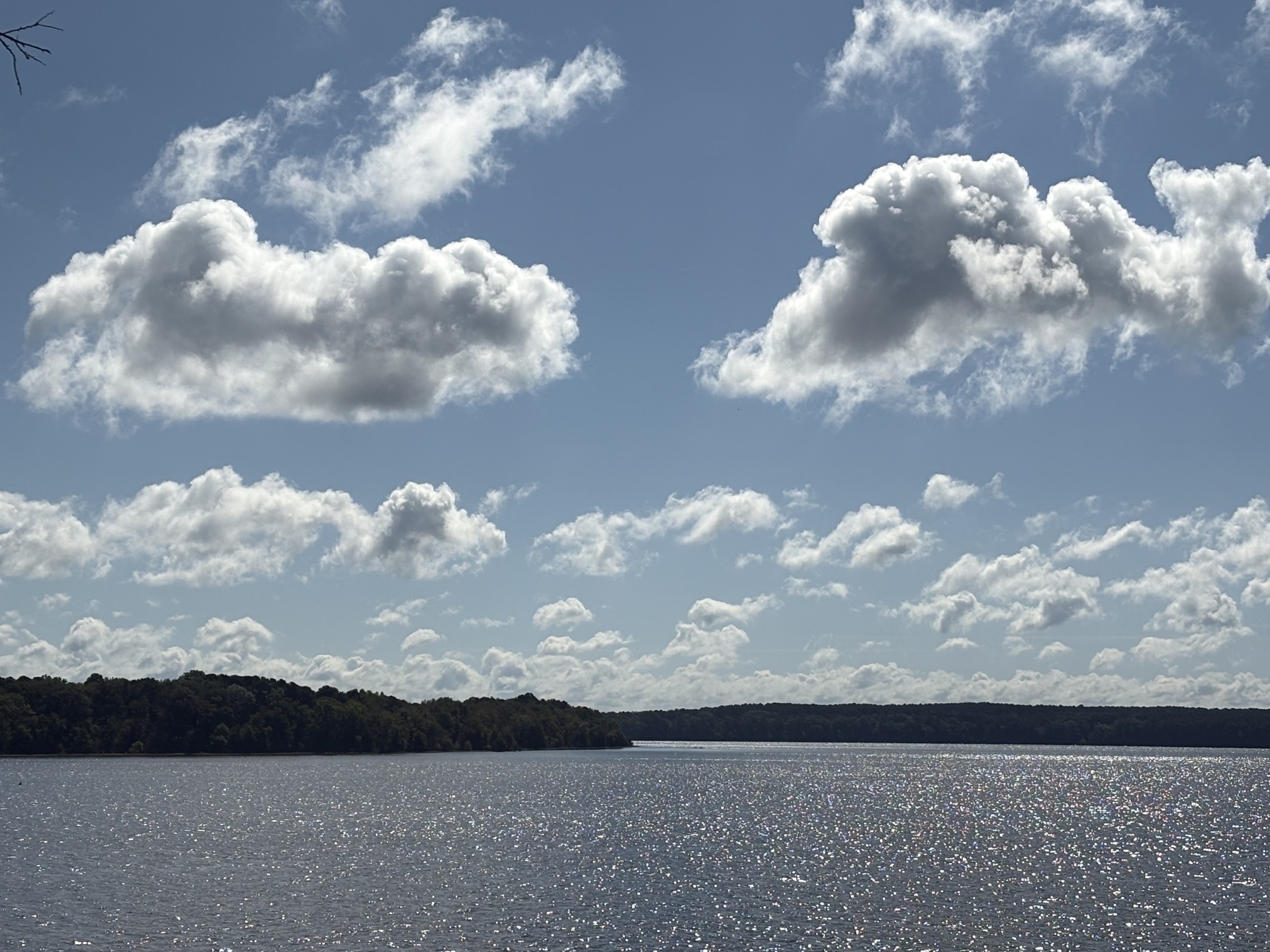
Today’s WSJ, in brief:
“In the garden of the mind it is always at once the blossoming of spring, the peak of summer, and the cusp of autumn.” Finches, flowers, 8x10.

My daughter Ivy is a senior at VCU in Richmond this year (in painting and printmaking), and for the second time was invited to participate in a gallery exhibition called “Environment at Risk.” RVA magazine featured her painting in its article about the exhibition, which I thought was pretty great!
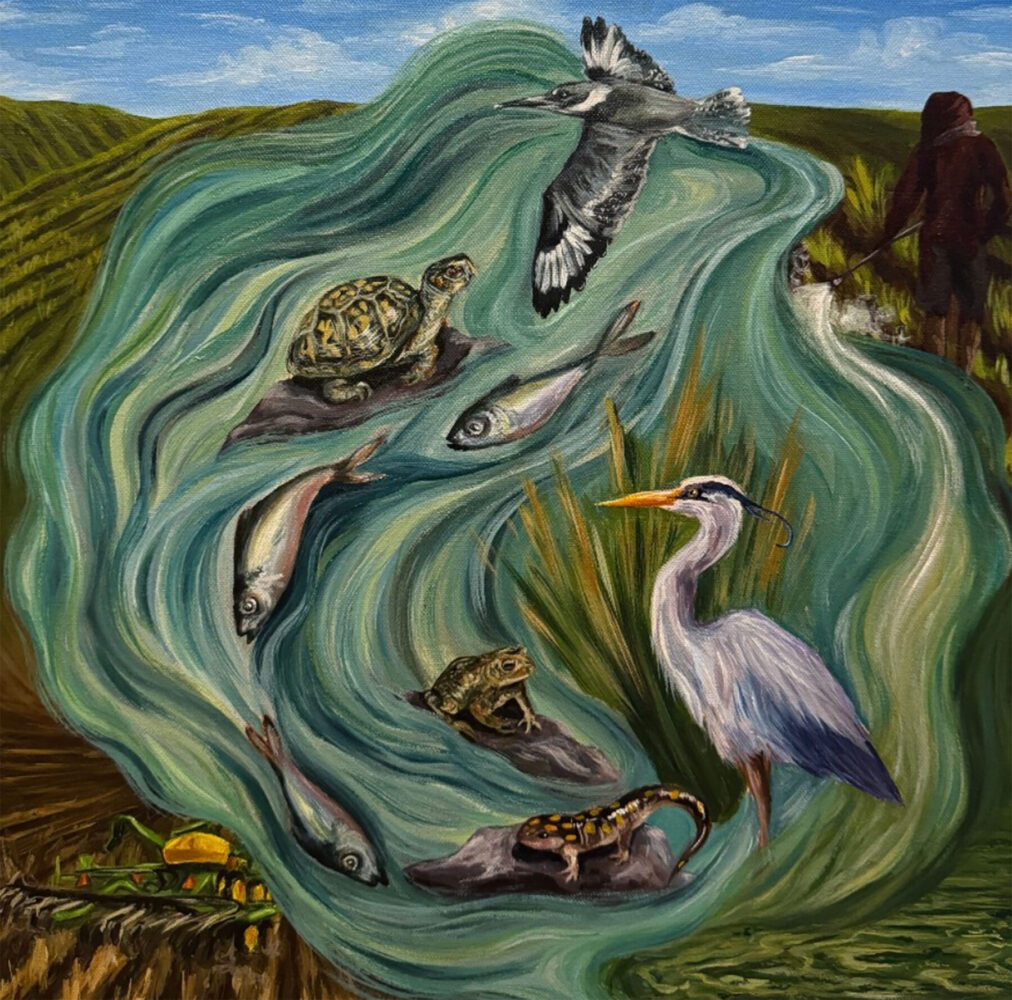
Workshop is clean. Morning air is like a summer apple. It is all the excitement of going back to school without anybody making you sit still all day.
